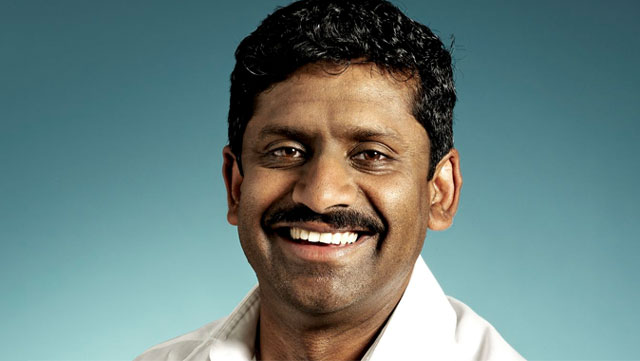
Dimension Data’s Internet Solutions has invested in the region of R60m in advanced new fibre-optic networking infrastructure from Infinera that has increased its capacity nationwide seven-fold, with the ability to grow that by 150-fold without “forklifting” hardware.
The deal with Infinera, which is a US-headquartered maker of long-haul “wave division multiplexing” optical transmission equipment for telecommunications operators and service providers, has seen Internet Solutions deploy the technology along FibreCo’s fibre-optic route between Johannesburg, Bloemfontein and East London.
Along with Cell C and Convergence Partners, Internet Solutions owns a one-third stake in FibreCo.
It has also built infrastructure to serve the route from Johannesburg to Cape Town, leasing capacity along a fibre route built by a consortium made up of Neotel, Vodacom and MTN.
Internet Solutions chief technology officer Prenesh Padayachee says the Infinera investment will allow the service provider to increase bandwidth as needed “fairly seamlessly”, especially as fibre is deployed in new parts of the country.
The company considered six vendors before settling on the Infinera solution. There was an eight-month evaluation period. The technology will allow Internet Solutions to “deploy large amounts of bandwidth” fairly seamlessly, Padayachee says.
Internet Solutions is deploying Infinera’s 500Gbit/s “super-channel” equipment, where fibre channels are combined, offering backbone speeds of up to 8Tbit/s, using a technology based on “photonic integrated circuits”.
“We’ve only recently become used to 10Gbit/s speeds in the backbone … [but we now have] the ability to provide 8Tbit/s of capacity without having to do any forklift upgrades.”
To put that capacity in context, 8Tbit/s of bandwidth is sufficient to carry 1,2m high-definition movies streamed simultaneously, according to Infinera. It is also more than the entire capacity of the Internet in 2005.
The deal allows Internet Solutions to understand better what’s happening in the underlying infrastructure layer, giving it “control of the optical equipment that runs on that infrastructure”, says Padayachee. It will allow Internet Solutions to better provide bandwidth on demand to other service providers, too.
“Bandwidth requirements in South Africa will increase three or four times in the next few years, driven by things like video and social networks. Internet access should become considered an essential service like lights and water,” he says. “This requires [reliable] infrastructure at high bandwidth levels across South Africa…” — (c) 2014 NewsCentral Media




